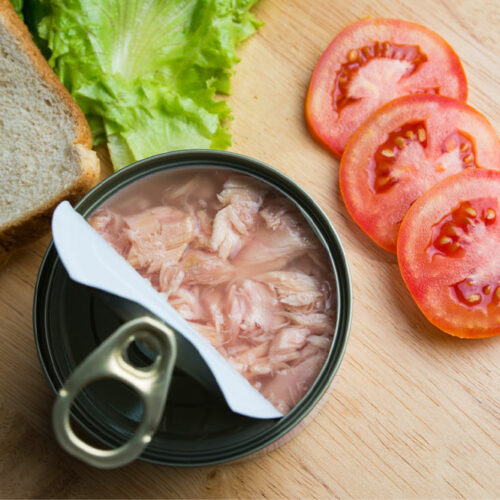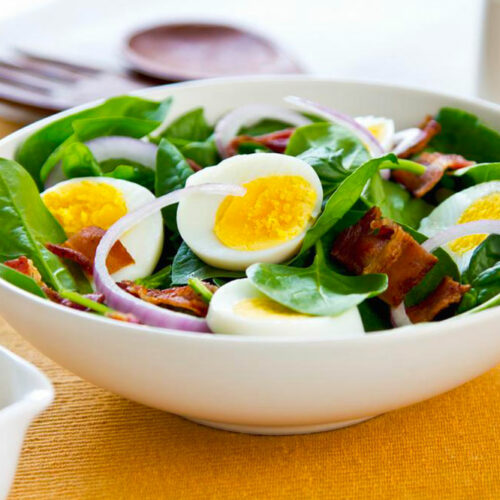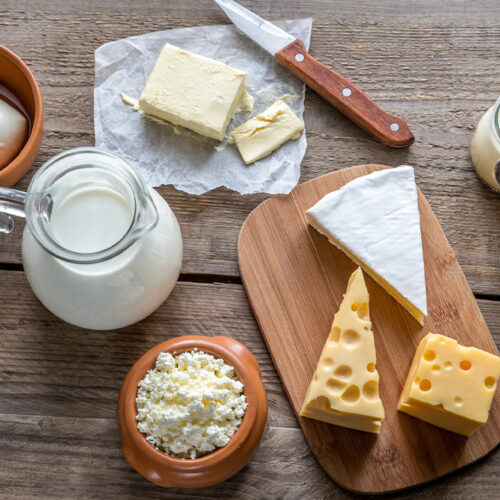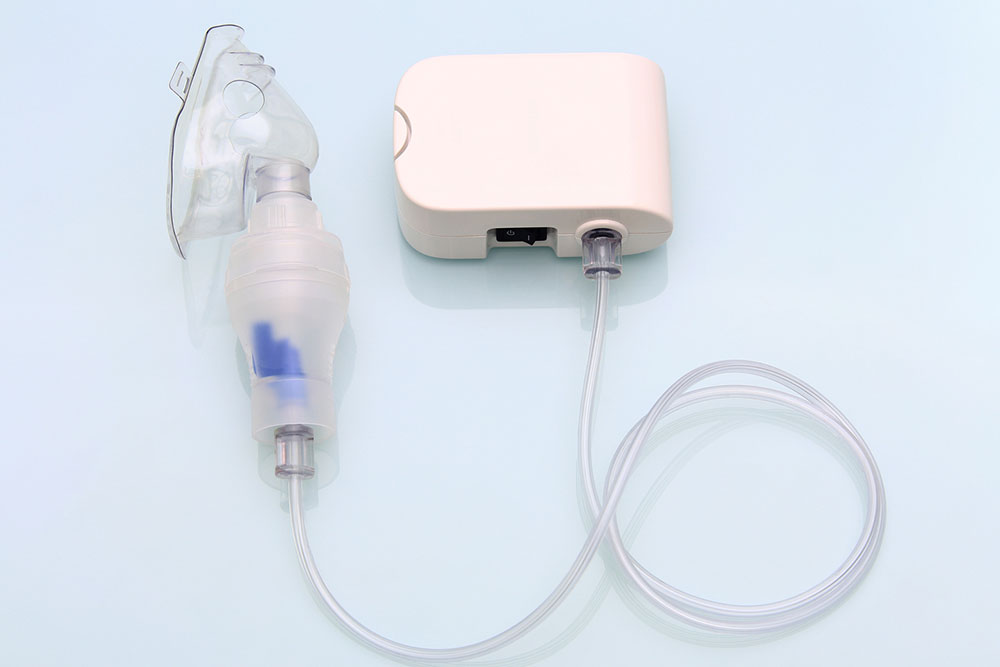7 food sources that adversely impact hearing

Organs in the body rely on a delicate balance of nutritional food intake and supplements to support peak performance. Sensory organs, especially the ears, are at a high risk of losing optimal function due to certain changes in daily foods and beverages. Some foods may not directly impact or trigger hearing loss. But deficiencies can certainly increase the risk of health complications that eventually affect hearing. Here are seven food sources that negatively influence hearing abilities. Foods rich in sodium Smoked, canned, and frozen cuts of meat, processed or prepackaged breads, grains, snacks, chips, and all other condiments used in cooking are all rich in sodium. Research shows that excess sodium intake increases blood pressure, restricts blood vessels, and lowers the blood flow to the cochlea (the part that converts sound into nerve impulses). These symptoms increase the risk of hearing loss associated with tinnitus and Meniere’s disease. Processed foods Salty chips, fried foods, ready-to-eat meals, packaged snacks, tinned vegetables, microwavable recipes, cakes, biscuits, and bread are commonly consumed as processed foods. These are loaded with saturated fats, trans fats, additives, artificial flavorings, colorings, and preservatives. Studies show excess intake of processed foods can lower hearing efficiency by 39% among adults.






